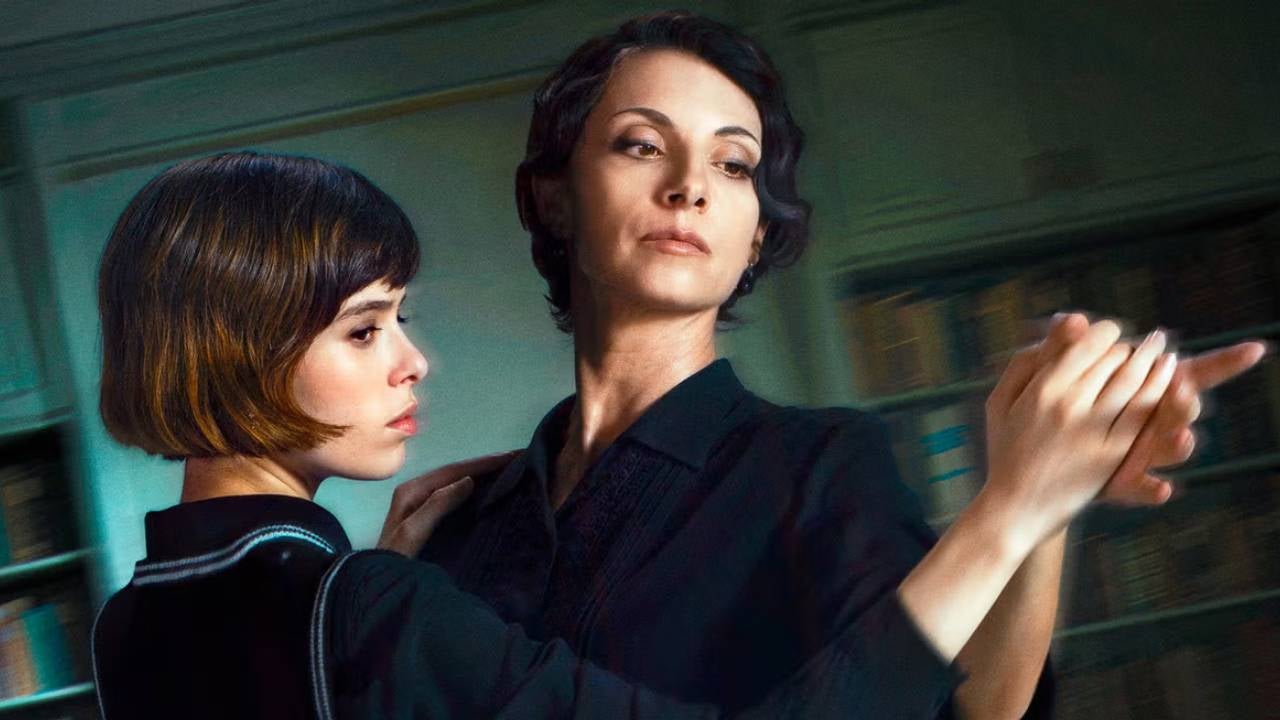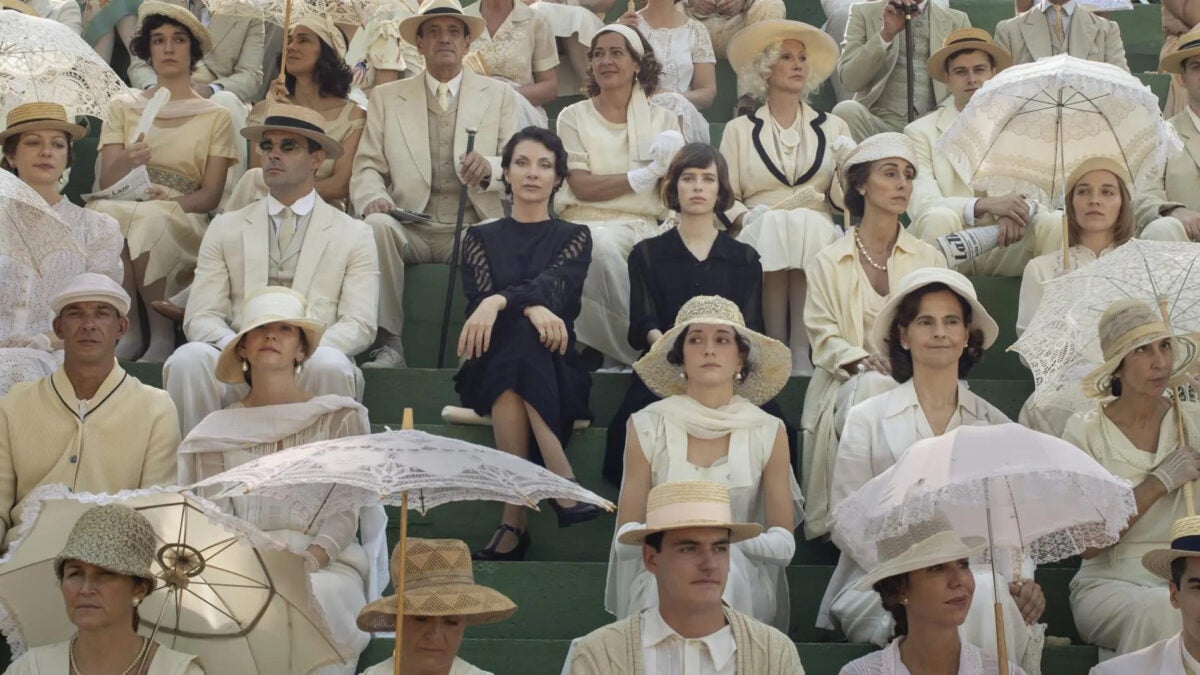The true story behind Hildegart Rodríguez, the fascinating protagonist of The Red Virgin
An exceptional woman who only had 18 years to prove her worth

- September 23, 2024
- Updated: October 14, 2024 at 10:42 AM
As part of the San Sebastián Film Festival, La virgen roja, the new film by the popular director Paula Ortiz (La novia, Teresa), has premiered. In it, Najwa Nimri and a very young and surprising Alba Planas play a mother and daughter with a relationship that is anything but healthy. The film, beyond being a success that has all the chances of winning every possible award, tells a real, emotional, dramatic, and thrilling story: the fascinating life of the writer Hildegart Rodríguez.
La Tragic Story of Hildegart Rodríguez
Born in Madrid in 1914, Hildegart Rodríguez was not an ordinary child. Even before her birth, her mother, Aurora Rodríguez, had a plan: to conceive an exceptional woman; a leader who would change the world. Aurora, a radical feminist and visionary like very few in her time, decided to shape her daughter from the womb. And, as soon as she was born, she was educated from the cradle with strict discipline and a single purpose: to become the heroine of the social revolution her mother envisioned.

Subscribe to the Softonic newsletter and get the latest in tech, gaming, entertainment and deals right in your inbox.
Subscribe (it's FREE) ►Hildegart was a child prodigy. At the age of 8, she was already writing about philosophical topics, and before turning 18, she had completed her studies in Law, Philosophy and Letters, and Medicine. Something absolutely unique and unparalleled for the time. Her intelligence dazzled everyone, but not just because of her academic achievements. She wrote books, gave lectures, and was actively involved in the Socialist Party. Among her radical ideas for the time were the defense of women’s emancipation, sexual education, and civil rights. Without a doubt, she was ahead of her time in a Spain that was still grappling with its own conservative traditions.

But the more Hildegart stood out, the more jealous her mother became. Aurora, who had designed every step of her daughter’s life, began to notice something terrifying: Hildegart was starting to think for herself, to make her own decisions. She wanted to explore the world, distance herself from her mother’s rigid plans, and fly with her own wings. And this, for Aurora, was a betrayal. She feared losing control over her “perfect creation” and, in her unbalanced mind, began to consider that it was better to destroy her than to see her fail or deviate from the destiny she had mapped out for her.
After many push and pull moments in an exceptional love-hate relationship, Aurora took a gun one early morning in June 1933 and entered her daughter’s room while she slept. She shot her four times, once in each place on her body that she considered a driving force for her, and ended her life when she was only 18 years old.

The murder of Hildegart shocked all of Spain and even beyond its borders. She was a brilliant young woman, one of the most promising minds in the country, but she was silenced by the person who created and raised her as she imagined the woman of the future would be. Aurora confessed to the crime with dignity. According to her, “a statue, before it is destroyed by others, is better destroyed by oneself.”
In The Red Virgin, director Paula Ortiz and screenwriters Eduard Sola and Clara Roquet create a unique story rarely seen before in Spain. A film perfect in its form and overwhelming in its narrative, it captivates you from beginning to end thanks to its protagonists and makes you wonder how everything they recount can be true.
Cultural journalist specialized in film, series, comics, video games, and everything your parents tried to keep you away from during your childhood. Also an aspiring film director, screenwriter, and professional troublemaker.
Latest from Juan Carlos Saloz
- Color grading in Adobe Premiere Pro: become a master of color
- Create the best packaging for your brand with Adobe Illustrator
- What will the last episode of The Simpsons be like? The series itself fantasizes about it through Artificial Intelligence
- Success or failure? How is Nosferatu doing at the box office?
You may also like

Graphic Design Trends 2025: Retro Pixel Art and How to Create It with the Help of Adobe
Read more

Yes, we can measure a person just by taking a photo of them
Read more

Final Fantasy VII Rebirth has performed well, but now at Square they only trust in multiplatforms
Read more

Originally, Kingdom Hearts was so difficult that at Square they compared it to a Takeshi Kitano game
Read more

You didn't know it, but the world of chess just suffered because of some cowboys
Read more

WhatsApp collaborates with Google so you can find out the origin of any image sent to you
Read more